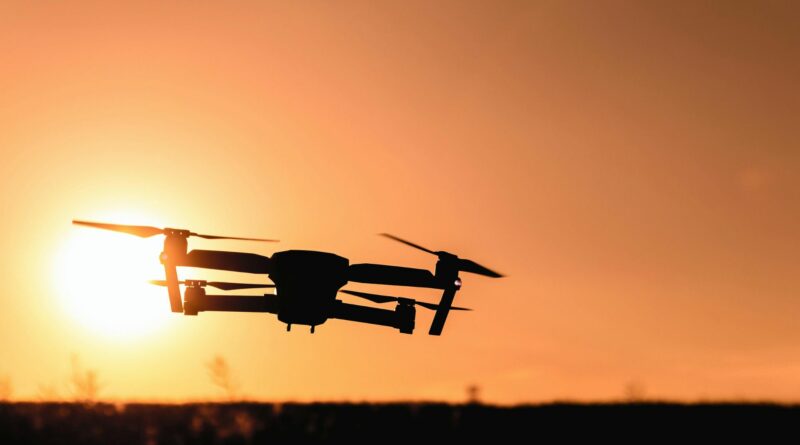AI and Augmented Reality in Drones: A Skyward Revolution
In a remote stretch of farmland in Nebraska, a fleet of autonomous drones hums above endless rows of corn. Their mission: to analyze soil health, detect crop diseases, and optimize irrigation. Thousands of miles away, in the bustling streets of Tokyo, a construction manager dons an augmented reality headset, seeing in real-time how delivery drones maneuver steel beams into place with precision. This is not the future—it is happening now. Artificial intelligence (AI) and augmented reality (AR) are converging in the drone industry, revolutionizing everything from agriculture and construction to defense and entertainment.
The Evolution of AI in Drones
Not long ago, drones were rudimentary machines, requiring extensive human operation. Early consumer models had limited autonomy, often controlled by cumbersome remotes with basic GPS functionality. Today, AI-powered drones boast sophisticated machine learning algorithms, enabling them to navigate complex environments, recognize objects, and adapt to unpredictable conditions.
Advancements in computer vision have been particularly groundbreaking. Neural networks allow drones to identify obstacles, track moving objects, and process high-resolution imagery in real-time. Companies like Skydio and DJI are equipping their latest models with advanced autonomy, reducing reliance on human pilots. In the defense sector, AI-driven reconnaissance drones analyze enemy movements with unprecedented speed, while search-and-rescue drones deploy AI to identify survivors in disaster zones.
Augmented Reality: The Interface of the Future
If AI is the brain of modern drones, augmented reality (AR) is their interface. Through AR headsets and displays, operators can overlay digital information onto the physical world, enhancing situational awareness. Imagine a firefighter piloting a drone through smoke-filled buildings, with AR visuals highlighting structural weaknesses and victims’ locations. Or an archaeologist exploring ancient ruins via a drone’s eye view, layering 3D reconstructions onto live video.
The commercial sector is also rapidly adopting AR-enhanced drones. Retail giants like Amazon and Walmart are experimenting with AR-driven logistics, enabling warehouse workers to visualize delivery routes in real-time. Similarly, construction firms are using AR to integrate drone-captured data with architectural blueprints, reducing errors and accelerating project timelines.
Drones in Domestic Life: A New Frontier
Beyond industry and commerce, drones are poised to become an integral part of daily domestic life. Imagine your very own air-butler assisting with household chores—from fetching the TV remote lost in the couch, to helping carry grocery bags from the car to the kitchen. Parents could use drones to throw a ball back and forth with their kids, providing a new dimension to playtime. In larger households, AI-enabled drones could function as personal assistants, patrolling the home to check for open windows, misplaced keys, or even monitor pets and children while parents are in another room. These possibilities hint at a future where drones are as common and essential in homes as smartphones and smart speakers are today.
The Road Ahead: Challenges and Possibilities
While the future looks promising, the integration of AI and AR in drones is not without challenges. Concerns over privacy, cybersecurity, and regulatory frameworks remain significant hurdles. Autonomous drones equipped with AI surveillance capabilities raise ethical questions about data collection and misuse. Additionally, the need for robust air traffic management systems to prevent drone collisions in increasingly congested skies is a pressing issue.
Despite these obstacles, innovation is forging ahead. Researchers are exploring ways to integrate 5G networks to enhance real-time data processing, while advances in edge computing aim to make AI-powered drones even more efficient. Looking further, the rise of swarm intelligence—where drones collaborate in decentralized networks—could redefine logistics, disaster response, and urban mobility.
As AI and AR continue their rapid evolution, drones are poised to become more than just flying cameras. They are shaping up to be indispensable tools, merging digital intelligence with physical action, and transforming industries in ways we are only beginning to grasp. The sky is no longer the limit—it is the launchpad for the next technological revolution.



